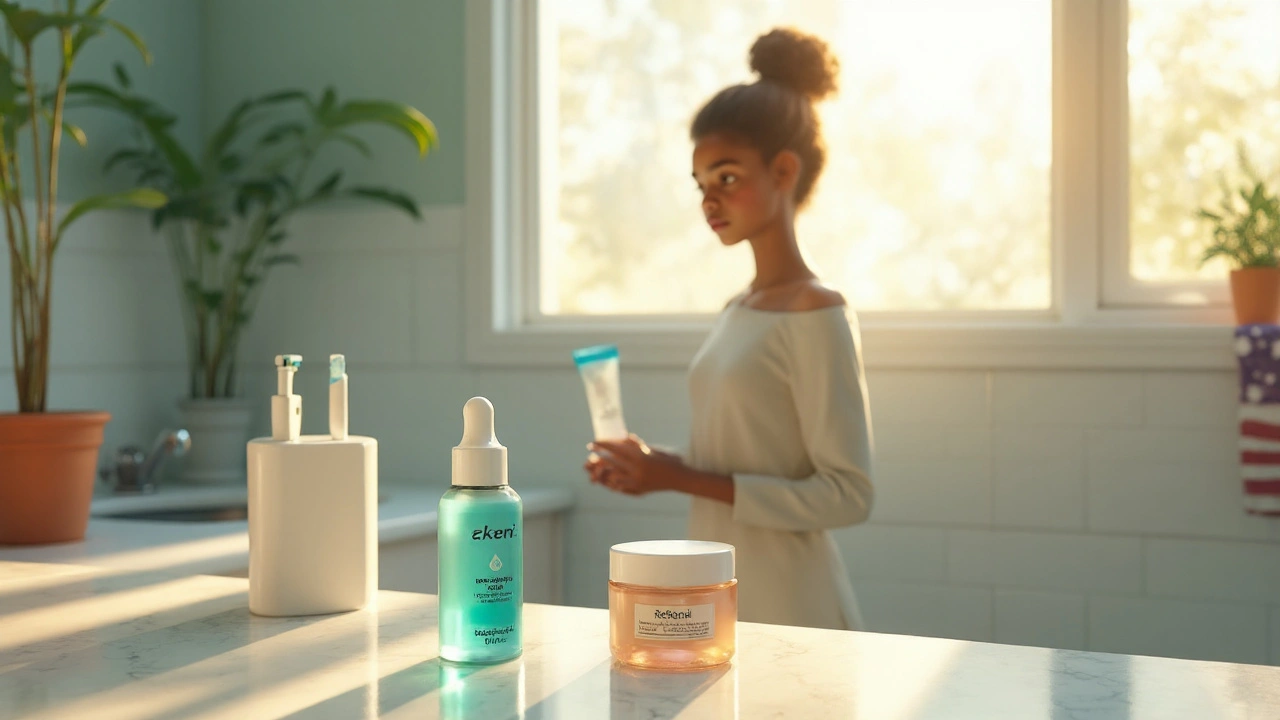Azelaic Acid: Benefits, Uses and How to Use It
When working with Azelaic Acid, a naturally occurring dicarboxylic acid derived from grains like barley and wheat. Also known as Azelaic, it acts as a gentle keratolytic and anti‑inflammatory agent, making it a go‑to ingredient for many skin concerns. Acne is one of the biggest reasons people reach for it; the acid unclogs pores, kills acne‑causing bacteria and calms redness. At the same time, hyperpigmentation improves because azelaic acid blocks excess melanin production, leading to a more even tone over weeks. It even helps with rosacea, reducing flushing and visible blood vessels without the burning you see in harsher prescriptions. In short, azelaic acid bridges the gap between treatment and everyday skin care, offering a multi‑tasking solution that fits both medical and cosmetic routines.
How It Works and Who Should Try It
The core of azelaic acid’s power lies in three linked actions: first, it normalizes keratinization, preventing the tiny plugs that lead to blackheads and whiteheads; second, it inhibits the growth of Propionibacterium acnes and reduces inflammatory markers; third, it interferes with the enzyme tyrosinase, the driver of melanin synthesis. These functions create a logical chain – “Azelaic acid treats acne, which reduces inflammation, which in turn lessens hyperpigmentation.” Because the molecule is small, it can penetrate the upper skin layers without causing the stinging you might get from higher‑strength acids. Dermatologists often recommend it for patients with mild to moderate acne, post‑inflammatory marks, and those who have sensitive skin that can’t tolerate retinoids or high‑strength benzoyl peroxide. It’s also a solid choice for people dealing with rosacea flare‑ups who want a prescription‑strength option without the heavy side effects of oral antibiotics.
If you’re curious about adding this ingredient to your routine, start with a 10‑15% cream or gel applied once daily, preferably after cleansing and before heavier moisturizers. Many users see improvement in texture and tone after 4‑6 weeks, but consistency is key; skipping applications slows the process. Pair it with a gentle sunscreen because any exfoliating action can make the skin more photosensitive. For those looking for stronger results, a dermatologist may prescribe a 20% formulation or combine it with other agents like niacinamide. Azelaic Acid offers a balanced blend of efficacy and tolerance, so whether you’re fighting breakouts, fading dark spots, or calming rosacea, the next section of articles will show you real‑world tips, product reviews, and safety pointers you can put into practice right away.
Benzoyl Peroxide vs Other Acne Treatments: Pros, Cons & What Works Best
A detailed comparison of benzoyl peroxide with popular acne alternatives, covering mechanisms, efficacy, side‑effects and practical tips to help you choose the right treatment.
read more

